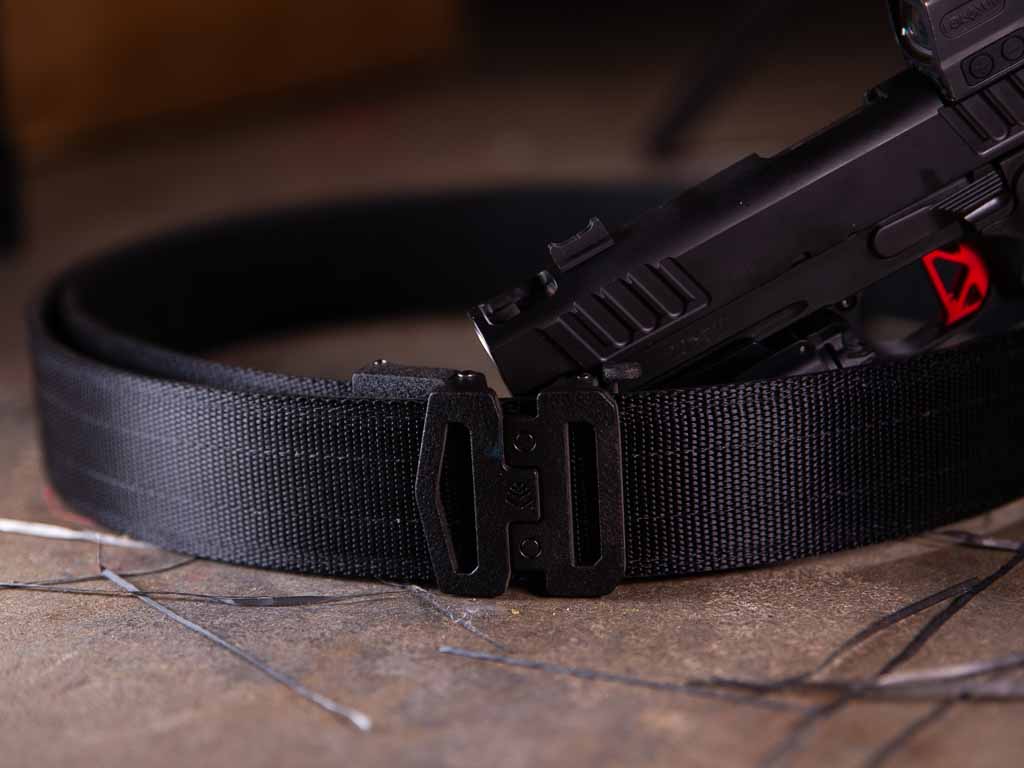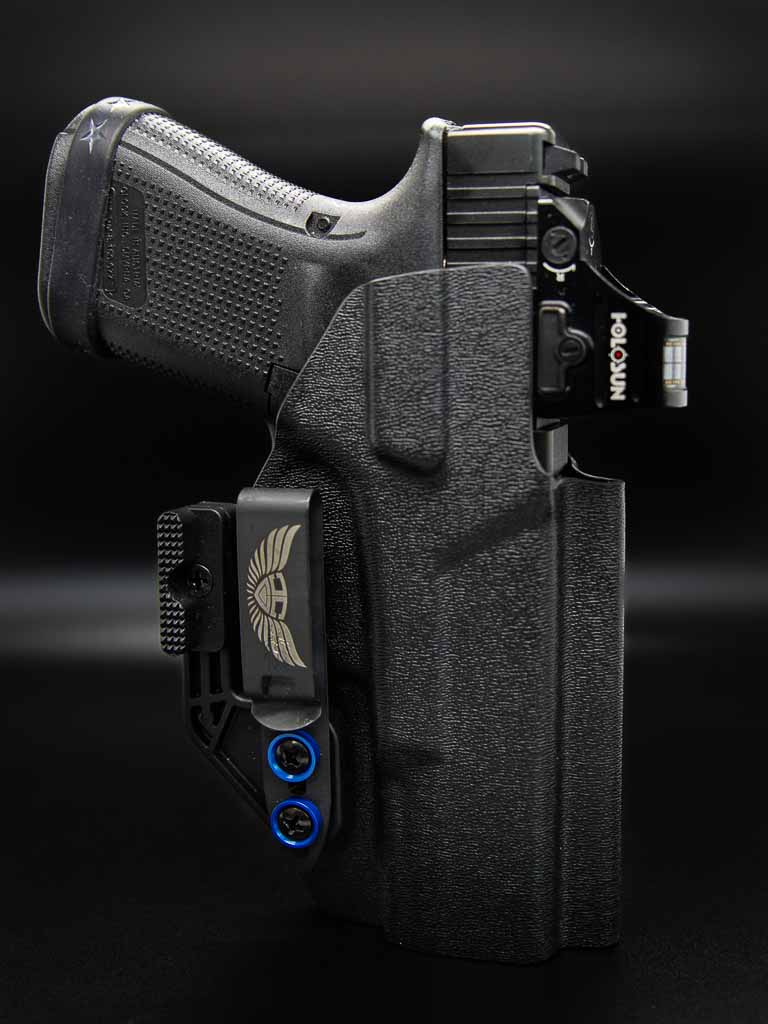When you're beat, do you quit?
What do you do when you're outmatched when it counts?

Before I started this business, I worked in healthcare. I saw wild things in the hospital emergency department. Victims of car crashes, shootings, burnings — you name it, the emergency department gets it.
But the story I’m going to tell you today didn’t come from the ER. It came from a patient who had come in to get a routine CT scan following up on cancer in recession. He was in his early 60’s and told me a story from his past. He showed me the scars. They bore the evidence to his tale and engrained in me the lessons they’d taught him.
We’ll call my patient John.
One day, over thirty years ago, John was driving down a highway in the New Mexico desert in his pickup. The sun beat the asphalt until it shimmered with heat and the wind kicked distant dust devils into frenzied dance. He was on the way home from his construction job in the city — easily 40 miles from home. John was zoned out to Led Zeppelin, putting the miles behind him.
That’s when he saw the figure up the road, thumb hanging in the breeze. Most folks today press the accelerator a little harder at the sight. But this was a time before the Dot Com boom. And this was one hell of a hot afternoon in the New Mexican desert.
John pulled over. “Need a ride?”
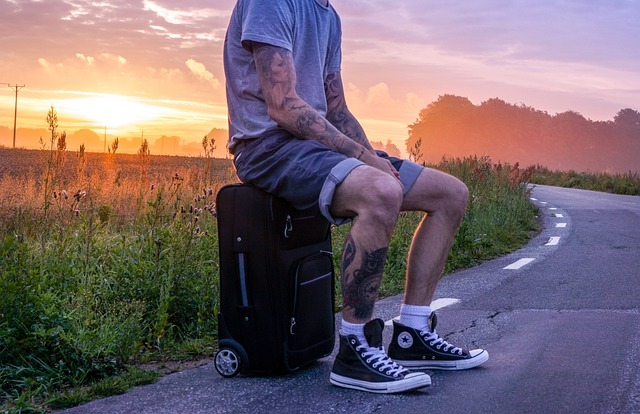
The kid was nothing special. Skinny, dirty, early twenties.
“Thanks man. My car ran out of gas down that county road back there,” he said, pointing the way John had come.
“Well, I can get you to the next gas station. But you’ll have to figure out the rest,” John said. “Get in.”
“No problem. Thanks.”
They put the miles behind them uneventfully and in silence, John and the Kid, until about ten miles outside of town.
“Hey,” the Kid spoke up, “my aunt actually lives just down that county road up ahead. If you want to drop me off there, I’ll walk and she can help me.”
John frowned, “Just on the side of the road there?”
“Yeah.”
“Okay,” John shrugged. He pulled off up ahead, into the mouth of the dirt road. He dropped the stick into neutral and kicked the parking brake to let the kid out. When he looked up, a steel revolver barrel seized his gaze.
The Kid’s finger was on the trigger. John didn’t have time for anything but instinct. He threw himself back and his head struck the headrest. The Kid pulled the trigger.
Boom.
John’s head exploded.
This is your moment. You’ve lost. Do you quit?
At least it felt like his head exploded. The .38 Special round had entered John’s left nostril, traveled up his sinuses, and lodged in the dense bone near the base of his skull (medical nerds read: the petrous ridge). In shock, John was left to instinct. He was alive. He was awake.
And he was angry.
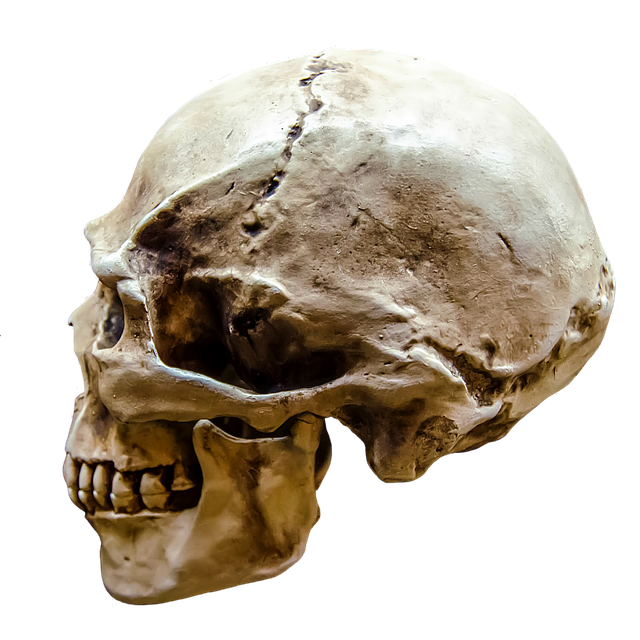
“You son of a bitch!” John shouted.
The Kid’s eyes went wide and wild. He aimed at John’s chest and John threw himself toward the Kid.
Boom.
The next bullet entered John’s right shoulder and exited his back obliquely, beneath the shoulder blade (medical nerds read: the scapula). This shot didn’t have nearly the same traumatic impact on John as the first. He reached for the Kid’s gun.
Boom.
Just as his hand gripped the barrel and began to turn it away, the Kid fired again, ripping a hole in John’s hand. But John didn’t let go.
They wrestled for control of the firearm. John finally hit the Kid in the face with his free hand and ripped the revolver free. He slammed the Kid against the passenger-side door, shoved the barrel into his face, and pulled the trigger.
Click.
The last cylinder was empty. John tossed the gun out the passenger window and sent his fists into the Kid’s face and body. The Kid tried to get away and popped the door. They tumbled out in a heap, John throwing blows the whole way down.
Finally, he picked up the gun, tossed it in the truck, and sped away, throwing gravel all over the Kid. He drove to the hospital, called the police, and gave them the Kid’s revolver. While the staff patched John up, the police in the emergency department asked him if he knew who the Kid was.
“No. But I know where I left him.”
That evening, after the hospital staff had patched John up and left him to rest, the EMT’s rolled in with a new patient, right into the spot beside John’s bed. Before the man slipped behind the curtain, John got a look at him.
He was a bloody mess, and hardly conscious. But John recognized him. Those bloody welts were in the shape of John’s fists. It was the Kid.
John later learned that the Kid ran out of bullets after three shots on a five-shot gun because he’d used the other two rounds on his previous two hitch-hiker victims. The Kid was murdering drivers and using their cars until they ran out of gas, then thumbing the next ride. He’d planned to get across the country, running from some petty crime.

Don’t pick up hitchhikers
No, that’s not what John’s scars told me. They told me when you’re beat, you don’t quit. They told me that you fight. You don’t fight until it gets better. You don’t fight until the other guy gives up. You fight until you win.
Winning is dependent on the circumstances. It ranges anywhere from “you got the hell out” to “the bad guy is an oozing puddle of meat.”
But it also taught me that you have to be prepared. John didn’t have any tools but his drive to live and his fists. It was enough. And when it’s all you got, you have to make due. Don’t give up because you don’t have the ideal thing in your toolbelt.
Don’t quit your draw stroke because you had a bad grip — even if it’s just against the clock. Fight through it. Train yourself to be ready, even when the deck is stacked against you.
Then maybe you’ll be the crusty old dude telling an unbelievable story to the tech in the CT room, and not “just another number” the gun-grabbers use to advocate for gun control.
But you have time to prepare
You’ve heard John’s story so you can ensure that if you face a situation like him, you can have some tools that would have at least balanced the scales for him. A good gun belt and appendix holster are great places to start.
But why an appendix holster and not another option?
As a disclaimer, there’s not much you can do when you look up and see a gun barrel reaching for your face. Even if you have a sub one second draw, you won’t be faster than the bad guy’s trigger finger.
But to play devil’s advocate, let’s look at John’s options.
What if John had a pistol in the glove box? It’s the classic — an NRA sticker on the back window and an old 1911 rattling around the glove box. Assuming John kept his gun there, his first impulse would have been to reach for it. And he’d have to fight his way through the Kid to do it.
Now, John had some serious grit — he didn’t give up the fight, even though he’d “lost” before it began. A loaded pistol in the glove box would have been better than nothing, but John would still have had to fight through the attack, and retrieve his own weapon to fight back. With the gun “off body,” once the glove box is open, the Kid can go for it himself. And the stakes in that fight? A freshly loaded pistol to try to take John down.
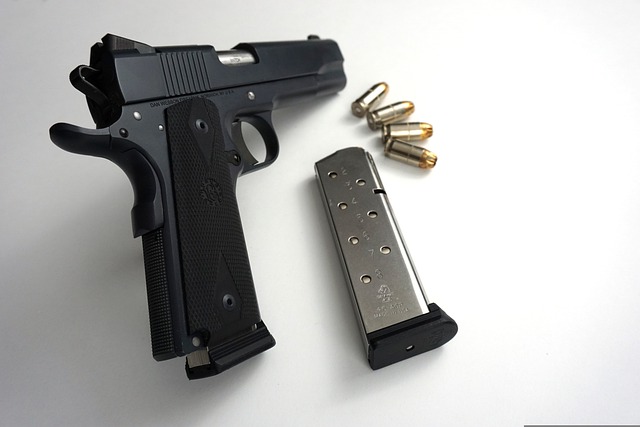
How about another type of carry — like an under-dash mounted magnet or holster combo. At least in this situation, John’s gun would be near-to hand. Once John starts taking rounds, he can reach down to his weapon and engage the threat.
It has the added benefit of potentially stopping the threat before it starts. If the Kid had seen that John had the tools to fight back, he may have decided against attempting the attack to begin with.
But it may also put a target on John. If the Kid saw the dash-mounted gun, he could also determine the best avenue of attack. He’d know John would go for the gun at the first sign of a threat and plan his follow-up shots accordingly — maybe even intentionally binding John up on the draw with his left hand while shoving the pistol in his face with the right.
Let’s try strong-side carry. Moving the pistol to John’s hip eliminates the problems of off-body carry — fighting to the gun or fighting to retain the gun — but adds a few others. At strong-side, in the driver’s position, the pistol is in a complicated area.
Both loops of a seatbelt strap join at the buckle right over a right-handed strong-side holster. It complicates the draw, especially if you’re carrying concealed. This can be trained around — but it is something to consider. A lefty (wrong-handed gunfighter) would be in an advantageous position here, as they could potentially draw unnoticed during the struggle and start sending rounds to wreck the Kid’s day.
That leaves us with appendix carry. The seatbelt is a little less of a problem, especially if you’re in the habit of pulling your shirt over the seatbelt’s lap strap when you buckle up so it won’t get bound up on the draw. It’s usually easier to draw from an appendix carry position when you’re seated in a car than it is on strong-side, thanks to the hip bolsters built into most vehicle seats.
John could have gotten to an appendix holster the fastest in this situation after he’d taken the first round. Moved to draw and bound up the Kid’s weapon with his left hand at the same time and then introduced the Kid to some return fire from retention.
However, if you get in a vehicle accident while appendix carrying, there could be an increased risk of pelvic damage thanks to the hunk of iron and plastic pressed against your bladder. And you’re far more likely to get in a car crash than a gunfight on the side of the road.
There’s really no perfect answer to John’s predicament. Because, just to be clear, John would still have taken a bullet to the face, regardless of his carry position. But we think the best answer is a quality appendix holster and a quality firearm to give you the best chance to fight back.
Bottom line? You could make any of the above options work — or come up with something else. (A shoulder holster, if you’re a detective in the 1980’s, for example.) It just requires training. If you aren’t proficient in what you choose, it won’t matter if you have the tools or not. But the most important part?
If you’re attacked, fight until you win. No compromise.

